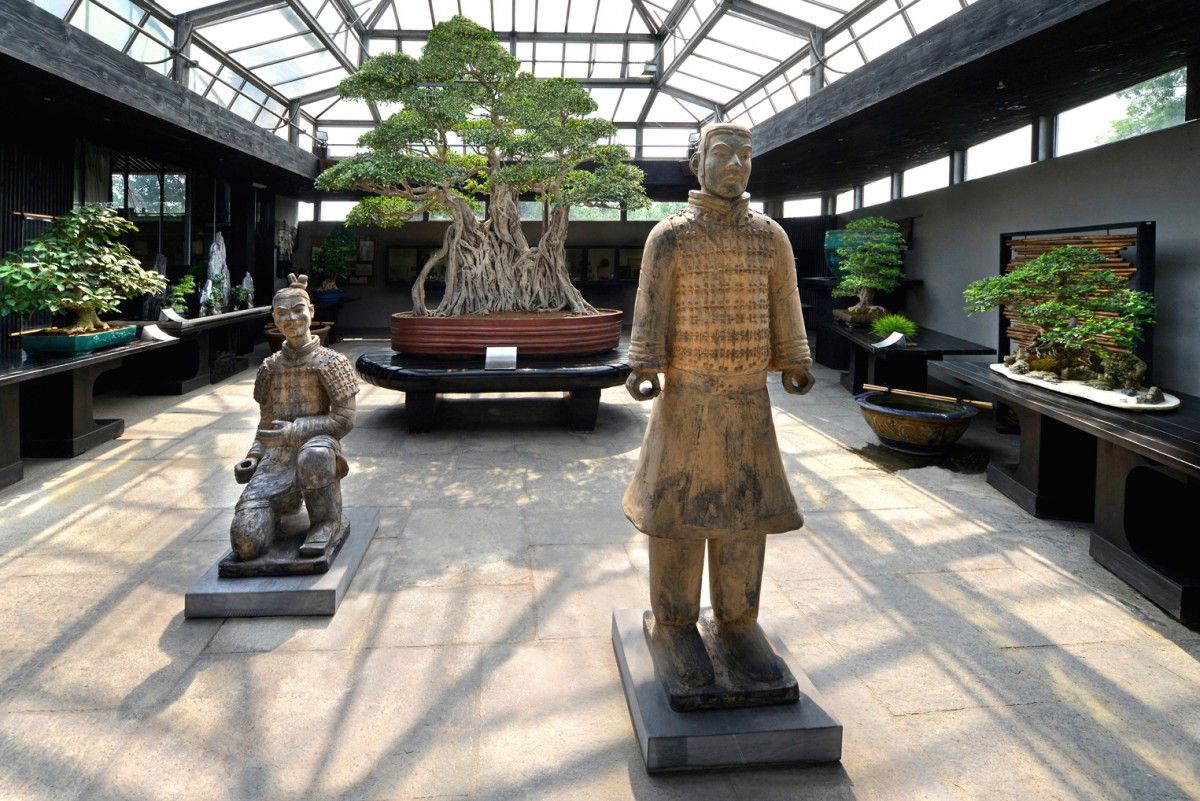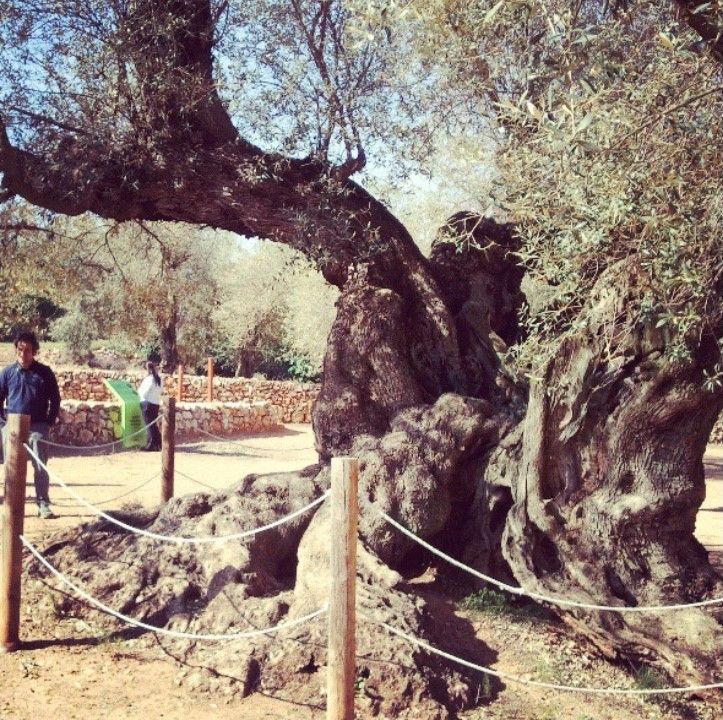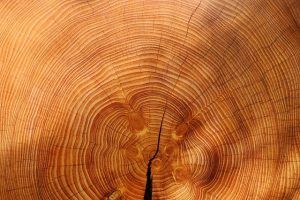How old is your bonsai?

Have you ever asked yourself how old your bonsai is or how to know it? Age in trees is something approximate and it has different meanings. In this post, you will learn what the term age means in a bonsai. Age is the passing of time on a living being. It is a number that tells us how many years it has lived. In plants, the most precise way of knowing a tree’s age is to look at a slice from the trunk and count the growth rings.
How long do trees live?
This question led me to look for really old trees, which I found. In the Mediterranean, there are ancient olive trees that were planted more than a 1000 years ago. In Extremadura, there are oaks that have been there for between 1500 and 2000 years, when the Iberian Peninsula was a vast oak forest. Three years ago, as part of a study from the polytechnic University of Madrid, they found that the oldest tree in Spain is found in Ulldecona (Catalonia). It is a 1704-year-old olive tree. The area where it stands is commonly known as Farga de Arión, and there you can visit a whole field of millenary olive trees.

The passing of time in trees
Trees grow below their bark, and they gradually get thicker, producing new wood in the process. Each ring shows its growth throughout one year. But I doubt any bonsai lover would want to cut their bonsai to count its rings, don’t you think?

The age of bonsai
In the bonsai world, the concept of age has three different ways of interpreting it:
- The tree’s approximate age according to its cultivation time.
- The age of the bonsai work, that is, the time its owner has been working on it.
- The age that the tree aesthetically represents.
The tree’s approximate age according to its cultivation time
There are millenary trees that have been in the same family generation after generation. The great grandparents cultivated them first, then the grandparents, then the parents and now the sons. This tells us about the respect and admiration that Japanese people have for nature and their trees.
There is a Ficus tree that is said to be more than a thousand years old. It is the oldest bonsai in the world, and it can be visited in the Italian Museum of Crespi Bonsai. There are records that prove this tree was worked by at least 18 generations of citizens. Every master and carer were strictly registered in this tree’s life story. This is how it can be estimated that this bonsai can be around a thousand years old.
Another famous ancient bonsai is the Japanese white pine that survived Hiroshima’s atomic bomb. It is believed that this tree is 400 years old since it was worked by eight generations of the Yamaki family and now is placed in Washington’s Bonsai and Penjing Museum, in the USA. But you do not need to go as far away to admire millenary Ficus trees.
Here, in our facilities, you can enjoy Europe’s largest centenary Ficus and bonsai exposition. We have them in every shape and style, and they will amaze you with its beauty. If you need inspiration for your designs, you must visit us. We are waiting for you!
The age of the bonsai work
This one is easier to know, as every bonsai master or carer knows how much time they have been working on their tree. It is a much more accurate number, and it does not refer to the cultivation years, but to the years in which various techniques have been applied to turn it into a bonsai.
The aesthetic age
Finally, but not less important, there is the age that the bonsai aesthetically represents. This is what all bonsai lovers aim for, that our tree looks ancient and old. We apply artistic principles to reach an old, ancient and mystic look on our bonsai.
You can have a tree planted in a pot in your garden that has been there for many years, and one day decide to turn it into a bonsai. You cut, repot, wire and prune it, and get a great bonsai as a result. You keep working on it and within a relatively short period of time (between 3 and 5 years), your tree looks like a 100-year-old one thanks to its thick trunk and mature bark. To the eye, it looks like a really old bonsai, however, it has only been worked on for a short time.
As you can see, the concept of age in a bonsai is quite relative. I personally prefer the age that the tree aesthetically represents. The art of bonsai is very related to the wabi-sabi concept, to the Zen philosophy and to the concept of nature’s perpetuity.
See you soon!
*The cover photo was given by Crespi Bonsai to Mistral Bonsai. Millenary bonsai Ficus retusa Linn in the Crespi Bonsai Museum in Parabiago, Milan.
Categories
Bonsai cultivation and care (57)
Bonsai gift (2)
Bonsai pests and diseases (7)
Bonsai repotting (3)
bonsai substrates (2)
Bonsai summer (1)
bonsai tools (1)
Bonsai work (13)
Ceramic pots (3)
Chinese culture (2)
Chinese culture (1)
Corporative Mistral Bonsai (8)
Cuidados del bonsái (24)
Cultivo del bonsái (22)
